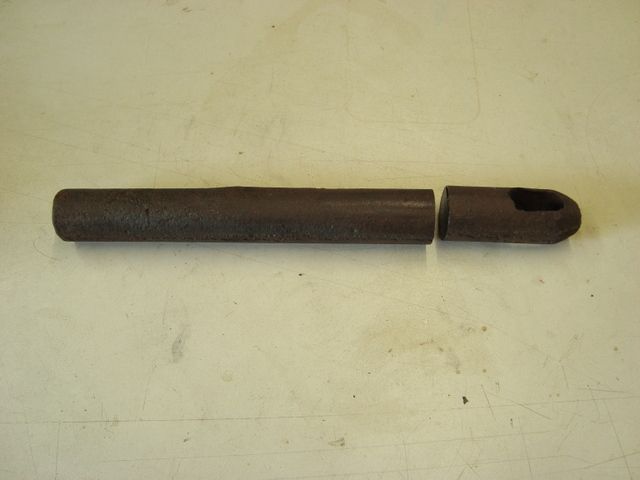Sash weights.
Sash weights.
- This topic has 21 replies, 16 voices, and was last updated 8 August 2012 at 15:00 by
Aestus57.
Viewing 22 posts - 1 through 22 (of 22 total)
Viewing 22 posts - 1 through 22 (of 22 total)
- Please log in to reply to this topic. Registering is free and easy using the links on the menu at the top of this page.
Latest Replies
Viewing 25 topics - 1 through 25 (of 25 total)
-
- Topic
- Voices
- Last Post
Viewing 25 topics - 1 through 25 (of 25 total)
Latest Issue
Newsletter Sign-up
Latest Replies
- Steam pressure using thermistor
- Supply company catalogues
- Machinery Handbook
- Chester DB10LB Lathe – Not starting
- Which type of single phase motors are best for constant use – power hacksaw
- James Coombes Drawing Error (or mine?)
- Flattening brass plates
- Stripped aluminum threads. Now what?
- Problem getting the right parameters on a VFD
- Damp proofing concrete floors







